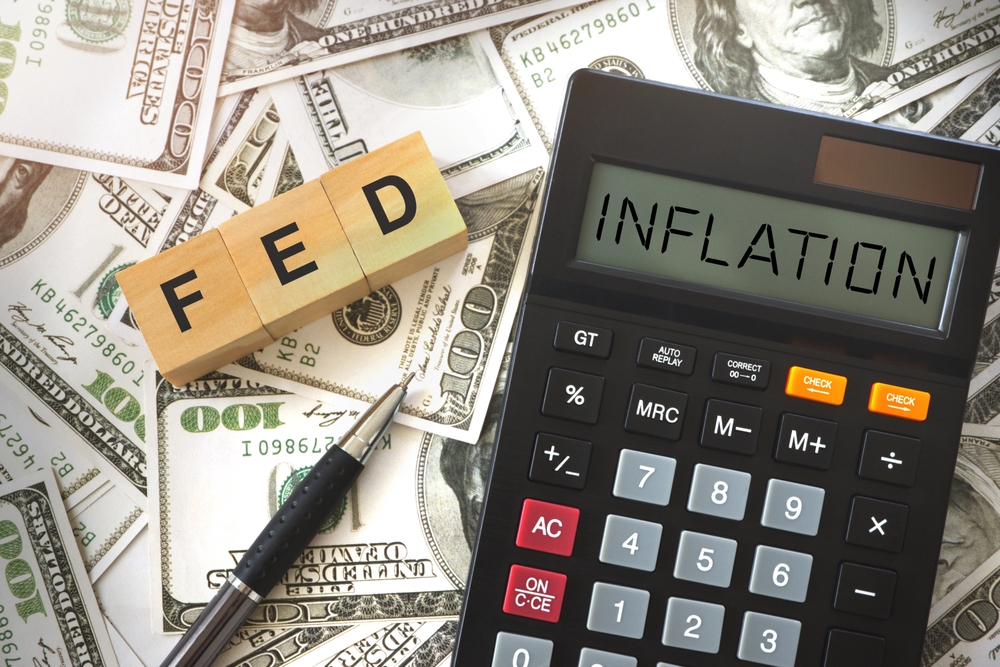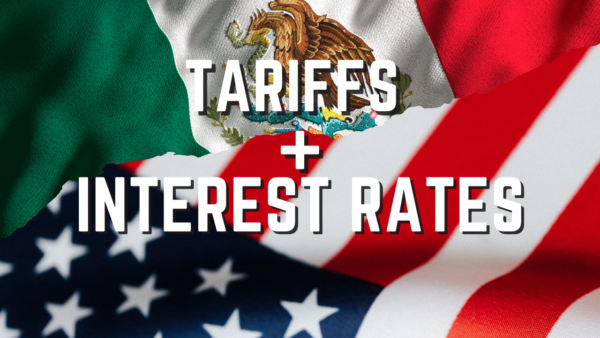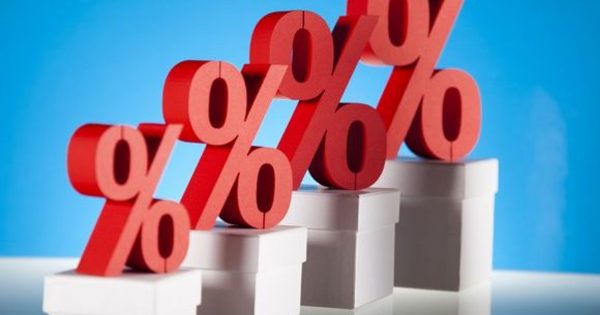Unexpectedly high inflation readings during the first three months of this year threw a wrench into the Federal Reserve’s plans to ease monetary policy. The data from April and May have been much more favorable. They have provided reassurance that inflation is indeed on a downward trajectory. This means that the Federal Reserve Open Market Committee (FOMC) will be in a position when it meets later in July to signal that it will soon start to ease policy.
In some ways, the April and May data restore the situation at the end of 2023. Throughout the second half of 2023, inflation (both the overall numbers and those excluding food and energy) steadily decelerated. By December 2023, the overall Consumer Price Index (CPI) was down to 3.4%, and the core CPI (which excludes food and energy) was down to 3.9%. In 2022, they had increased by 6.5% and 5.7%, respectively.
The improvement was large enough that by the end of 2023, the FOMC was signaling to the markets that it planned to cut the fed funds rate by 75 basis points in 2024. Judging by the Fed funds futures and other indicators, financial markets anticipated an even more aggressive monetary policy easing this year.
Unfortunately, these expectations were foiled by high inflation data during the first three months of the year. They called into question the improvement in inflation seen during the second half of 2023. Core inflation in the first three months of this year came in at an annualized rate of 4.5%, the same as the first half of 2023 and much higher than the 3.3% rate seen in the second of 2023.
Inside the Inflation Data
There is always a certain amount of noise or volatility in the inflation data. But the numbers for the first three months of 2024 were high enough for long enough to make the Fed (and the markets) wonder if the improvement in the second half of 2023 itself might have been noise. The usual response to such uncertainty is to wait for more data, which is what the Fed did. It waited rather than start easing in the first half of the year as planned.
The April and May data have cleared up much of the uncertainty. In effect, they indicate that the lower inflation path seen in the second half of last year was real and, moreover, sustained in the first half of this year, the volatility in the monthly numbers notwithstanding. Taken together, the data on the core CPI for the first five months of this year look very close to the data seen in the second half of last year.
This should allow the FOMC, when it meets at the end of July, to signal that it will soon begin easing. The words of art that Chair Jerome Powell uses to signal this is to say that the next meeting is a “live” one. This means a policy change will squarely be on the table at the September meeting and that it would take some highly unexpected development to forestall an easing of policy at that meeting.
Good News
The good news from the Consumer Price Index has been reinforced by an ongoing downward trend in wage inflation. This means that the labor market is not producing much in the way of inflationary pressures. The news could be said to be doubly good because price inflation has decelerated by more than wage inflation.
As a result, workers’ real purchasing power has been increasing during the past year and a half. The battle against inflation has seemingly been won without causing a recession or damage to household finances. Moreover, the gains in real wages have been strongly supplemented by appreciating asset prices, most notably equity and house prices. This leaves households in a good position to keep spending in the second half of this year.
The favorable inflation data for April and May have caused longer-term rates to drop in anticipation of the Fed bringing down short-term rates. Ten-year Treasury yields have dropped almost half a percentage point since late April. This has started to pass through to mortgage rates and will likely continue over the next month or so. This supports the housing sector and will increase the economy’s momentum in the second half.





